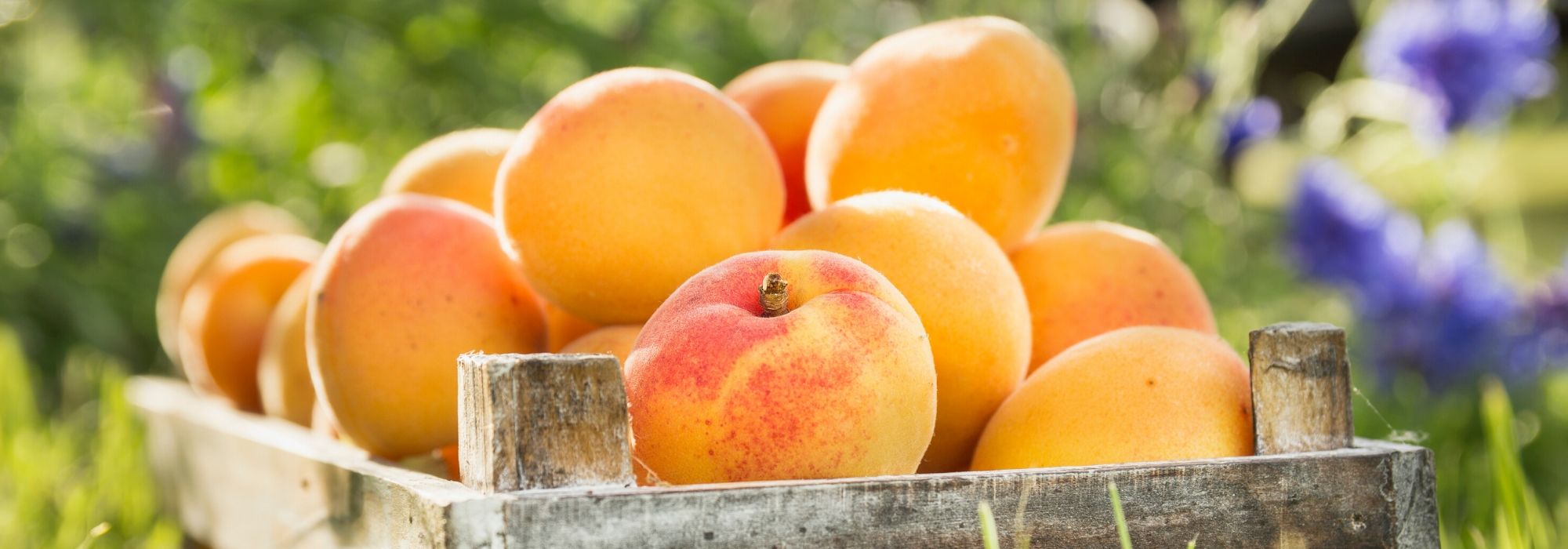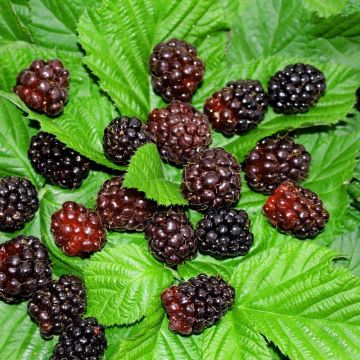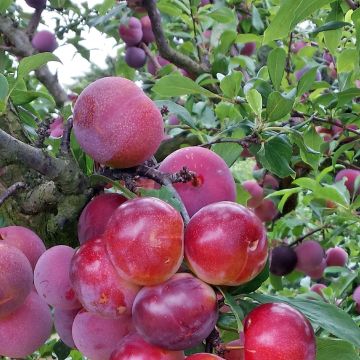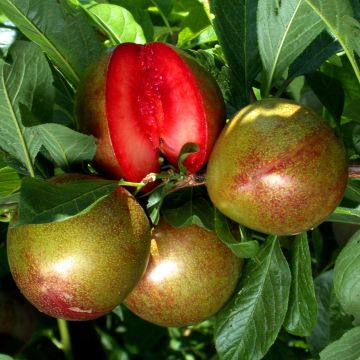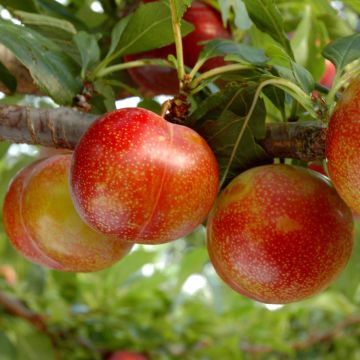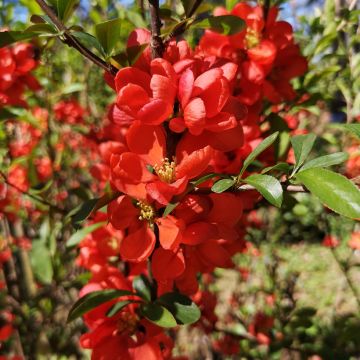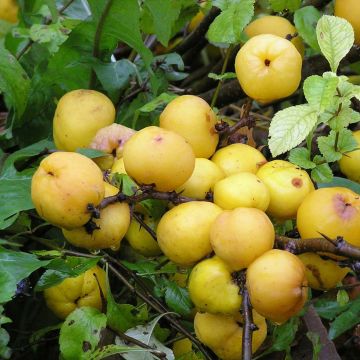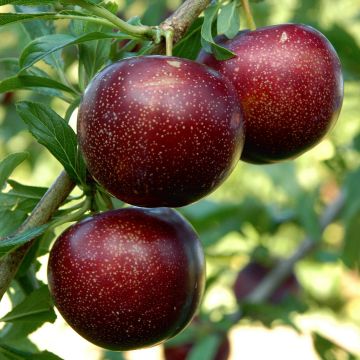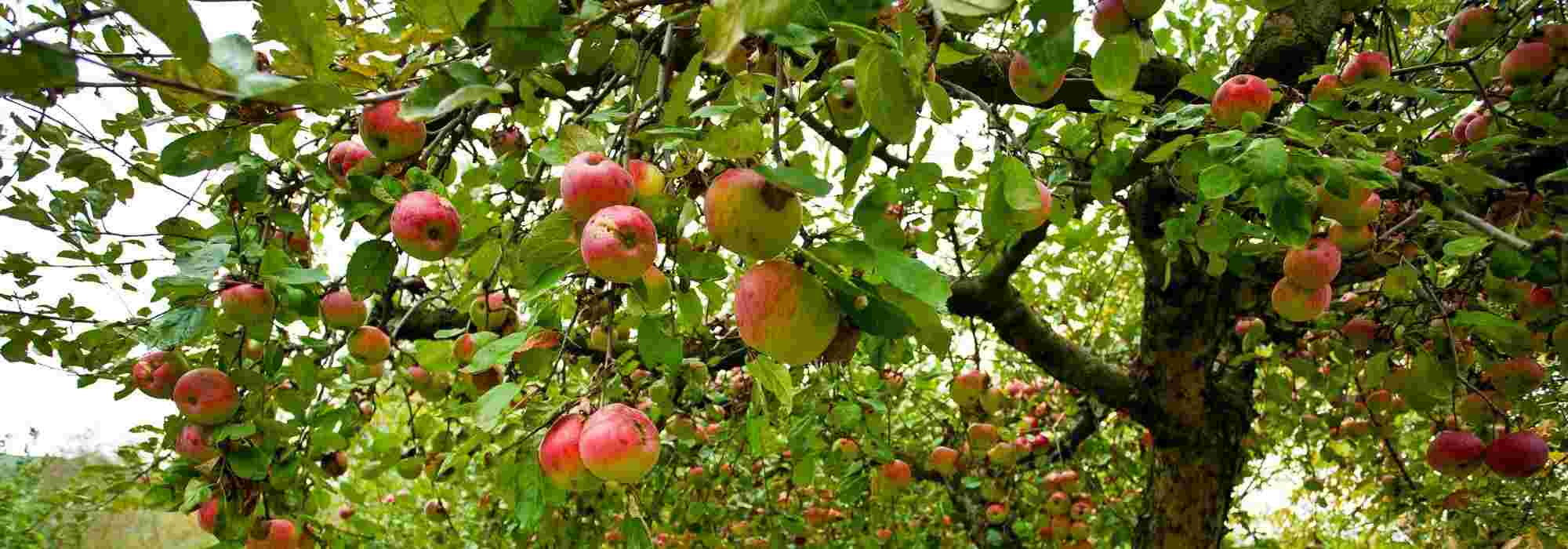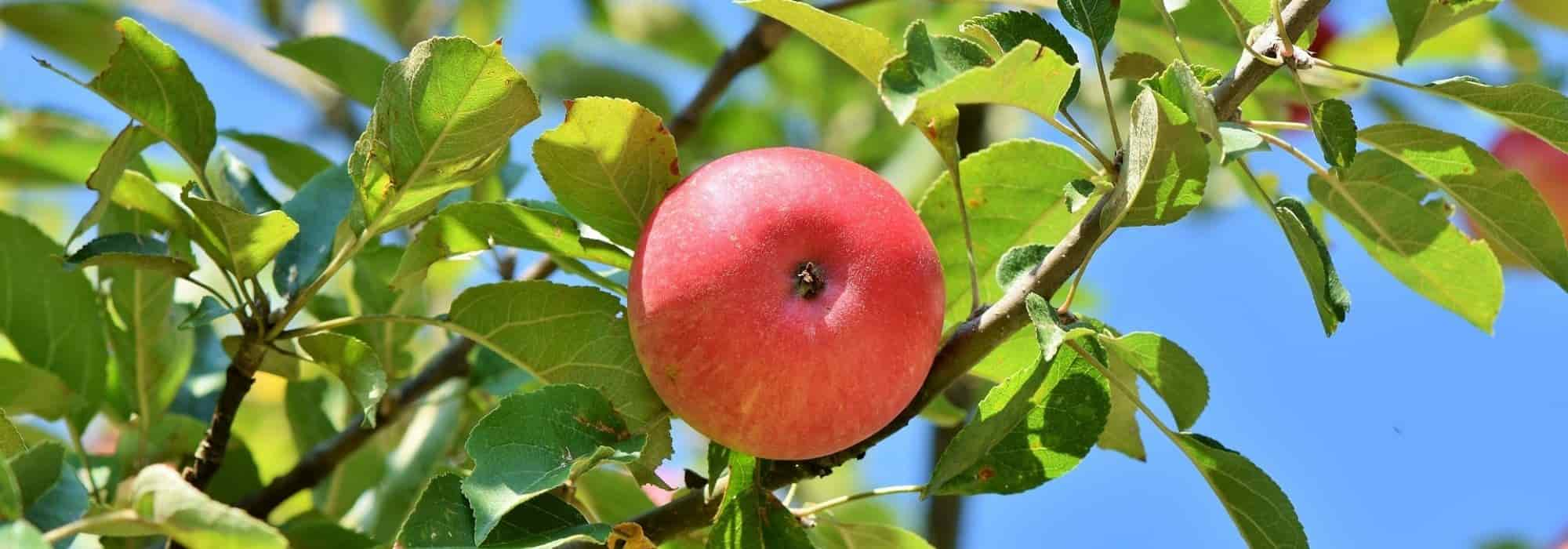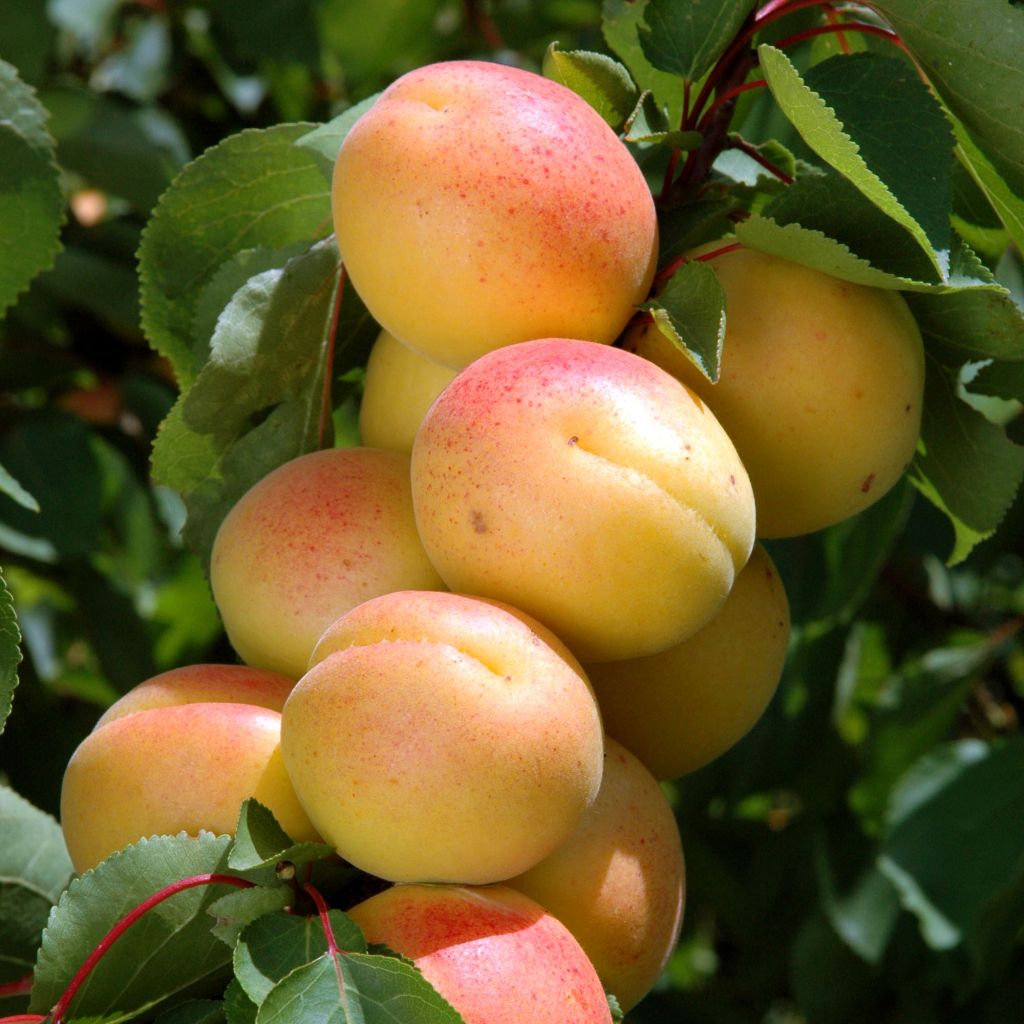

Aprium Cot'n Candy
Aprium Cot'n Candy
Prunus Aprium® Cot'n Candy®
Apricot
Arrivée en bonne état, dans les temps. Plant de bonne qualité, on arrive à trouver des plantes peu courantes sur ce site ce qui est sympa et aussi des plantes qui sont bien appropriée au terroir de chacun. On verra ce que donne celui là. Les pluots que j'ai commandé l'automne dernier ont bien pris.
Christophe, 28/11/2022
Special offer!
Receive a €20 voucher for any order over €90 (excluding delivery costs, credit notes, and plastic-free options)!
1- Add your favorite plants to your cart.
2- Once you have reached €90, confirm your order (you can even choose the delivery date!).
3- As soon as your order is shipped, you will receive an email containing your voucher code, valid for 3 months (90 days).
Your voucher is unique and can only be used once, for any order with a minimum value of €20, excluding delivery costs.
Can be combined with other current offers, non-divisible and non-refundable.
Home or relay delivery (depending on size and destination)
Schedule delivery date,
and select date in basket
This plant carries a 6 months recovery warranty
More information
We guarantee the quality of our plants for a full growing cycle, and will replace at our expense any plant that fails to recover under normal climatic and planting conditions.

Description
The Aprium® Cot'n Candy® (Prunus armeniacia) is a hybrid variety, similar to the apricot tree. This very vigorous tree produces large orange fruits, with a very fragrant white flesh that is both sweet and slightly acidic, resembling the flavor of apricot with a hint of plum. It is a self-fertile variety. Plant in autumn winter frost-free for a harvest in July.
The Aprium® Cot'n Candy® produces large fruits, weighing 75 to 85g, with orange skin and a white flesh of excellent quality. The harvest takes place in July, when the orange skin starts to blush slightly. The first harvest takes place 3 or 4 years after planting. The fruits can be consumed like apricots: fresh, in desserts, sometimes as a side dish with savory dishes or as jam.
The Cot'n Candy® variety is a hybrid variety, originating from the United States. The Aprium is a cross between a plumcot and an apricot, with the plumcot itself being a cross between an apricot tree and a plum tree. This results in a tree with a predominant apricot character. In April, the Aprium is covered with small pinkish-white flowers, appearing before the leaves. This variety is self-fertile. However, fruiting will be improved by the presence of another Luizet or Bergeron apricot tree nearby.
The Aprium, belonging to the Rosaceae family, has a spreading habit with rounded, glossy green deciduous leaves. It is originally from China and reaches a height of 4 to 5 meters (13 to 16 feet) at maturity. It is very hardy, able to withstand temperatures down to -20°C, but its flowers are sensitive to spring frosts. The Aprium can be planted in an orchard, but it can also find its place in the garden, isolated on a short grass meadow or at the back of a border, thanks to its highly ornamental spring flowering.
Aprium Cot'n Candy in pictures
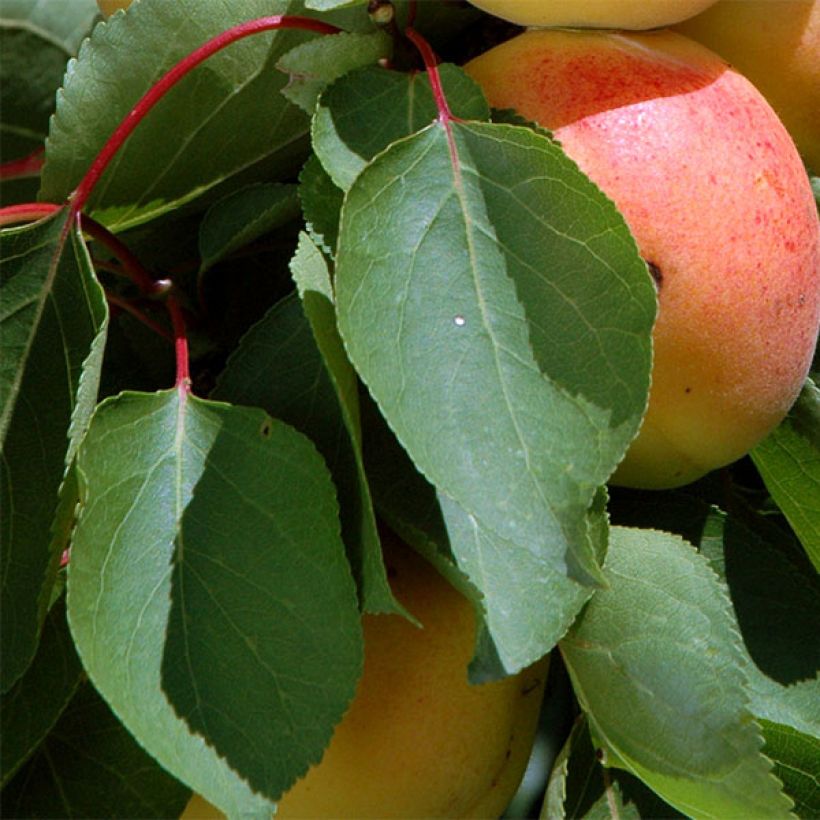

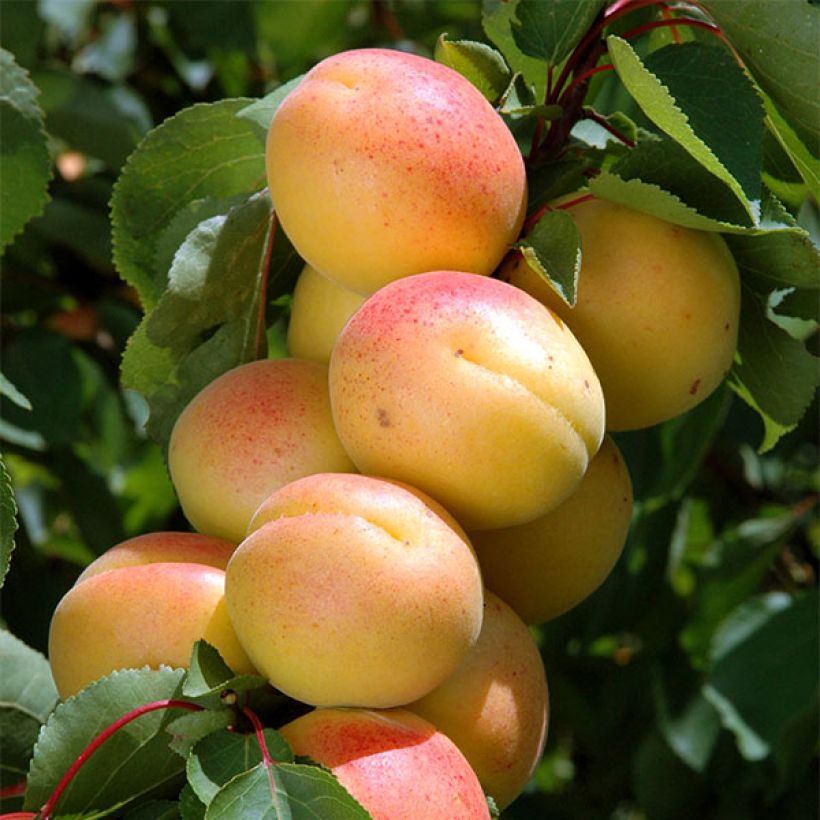

Plant habit
Fruit
Flowering
Foliage
Botanical data
Prunus
Aprium®
Cot'n Candy®
Rosaceae
Apricot
China
Other Hybrid varieties
View all →Planting and care
Planting is done in autumn and winter, outside of frost periods. Choose a sunny and sheltered location. In northern France, place it against a south-facing wall. The Aprium thrives in all types of soil, including rocky and slightly chalky soil, preferring well-drained and light soils. It tolerates drought fairly well but cannot tolerate excess humidity. If you plant multiple plants, space them 5 to 6 m (16 to 20ft) apart.
For bare-root plants, soak the roots in pralin for a day to prevent the formation of air pockets between the roots and the soil. You can either prepare pralin by mixing 1/3 very fine soil or compost, 1/3 cow dung or compost, and 1/3 rainwater; or buy it commercially. Loosen the soil deeply, remove rocks and unwanted weeds. Add some sand to improve drainage. Dig a hole 3 to 4 times the volume of the root ball, place the root ball, and cover with soil. Create a basin around the base and water generously.
Every year in autumn, apply well-rotted compost on the surface. Then, in winter, add a small handful of wood ash, rich in potash, to improve fruiting. Hoe if necessary at the base of the tree. Water the first year after planting and as needed, especially during hot weather.
The Aprium can be susceptible to different diseases: moniliosis (wilting of flowers and fruit rot on the tree), powdery mildew (white coating on the leaves), and rust (yellow-green spots on the top of the leaves, brown underneath). For these, you can spray a horsetail decoction or apply a Bordeaux mixture treatment, only in case of severe infestation.
Planting period
Intended location
Care
Planting & care advice
-
, onOrder confirmed
Reply from on Promesse de fleurs
Haven't found what you were looking for?
Hardiness is the lowest winter temperature a plant can endure without suffering serious damage or even dying. However, hardiness is affected by location (a sheltered area, such as a patio), protection (winter cover) and soil type (hardiness is improved by well-drained soil).

Photo Sharing Terms & Conditions
In order to encourage gardeners to interact and share their experiences, Promesse de fleurs offers various media enabling content to be uploaded onto its Site - in particular via the ‘Photo sharing’ module.
The User agrees to refrain from:
- Posting any content that is illegal, prejudicial, insulting, racist, inciteful to hatred, revisionist, contrary to public decency, that infringes on privacy or on the privacy rights of third parties, in particular the publicity rights of persons and goods, intellectual property rights, or the right to privacy.
- Submitting content on behalf of a third party;
- Impersonate the identity of a third party and/or publish any personal information about a third party;
In general, the User undertakes to refrain from any unethical behaviour.
All Content (in particular text, comments, files, images, photos, videos, creative works, etc.), which may be subject to property or intellectual property rights, image or other private rights, shall remain the property of the User, subject to the limited rights granted by the terms of the licence granted by Promesse de fleurs as stated below. Users are at liberty to publish or not to publish such Content on the Site, notably via the ‘Photo Sharing’ facility, and accept that this Content shall be made public and freely accessible, notably on the Internet.
Users further acknowledge, undertake to have ,and guarantee that they hold all necessary rights and permissions to publish such material on the Site, in particular with regard to the legislation in force pertaining to any privacy, property, intellectual property, image, or contractual rights, or rights of any other nature. By publishing such Content on the Site, Users acknowledge accepting full liability as publishers of the Content within the meaning of the law, and grant Promesse de fleurs, free of charge, an inclusive, worldwide licence for the said Content for the entire duration of its publication, including all reproduction, representation, up/downloading, displaying, performing, transmission, and storage rights.
Users also grant permission for their name to be linked to the Content and accept that this link may not always be made available.
By engaging in posting material, Users consent to their Content becoming automatically accessible on the Internet, in particular on other sites and/or blogs and/or web pages of the Promesse de fleurs site, including in particular social pages and the Promesse de fleurs catalogue.
Users may secure the removal of entrusted content free of charge by issuing a simple request via our contact form.
The flowering period indicated on our website applies to countries and regions located in USDA zone 8 (France, the United Kingdom, Ireland, the Netherlands, etc.)
It will vary according to where you live:
- In zones 9 to 10 (Italy, Spain, Greece, etc.), flowering will occur about 2 to 4 weeks earlier.
- In zones 6 to 7 (Germany, Poland, Slovenia, and lower mountainous regions), flowering will be delayed by 2 to 3 weeks.
- In zone 5 (Central Europe, Scandinavia), blooming will be delayed by 3 to 5 weeks.
In temperate climates, pruning of spring-flowering shrubs (forsythia, spireas, etc.) should be done just after flowering.
Pruning of summer-flowering shrubs (Indian Lilac, Perovskia, etc.) can be done in winter or spring.
In cold regions as well as with frost-sensitive plants, avoid pruning too early when severe frosts may still occur.
The planting period indicated on our website applies to countries and regions located in USDA zone 8 (France, United Kingdom, Ireland, Netherlands).
It will vary according to where you live:
- In Mediterranean zones (Marseille, Madrid, Milan, etc.), autumn and winter are the best planting periods.
- In continental zones (Strasbourg, Munich, Vienna, etc.), delay planting by 2 to 3 weeks in spring and bring it forward by 2 to 4 weeks in autumn.
- In mountainous regions (the Alps, Pyrenees, Carpathians, etc.), it is best to plant in late spring (May-June) or late summer (August-September).
The harvesting period indicated on our website applies to countries and regions in USDA zone 8 (France, England, Ireland, the Netherlands).
In colder areas (Scandinavia, Poland, Austria...) fruit and vegetable harvests are likely to be delayed by 3-4 weeks.
In warmer areas (Italy, Spain, Greece, etc.), harvesting will probably take place earlier, depending on weather conditions.
The sowing periods indicated on our website apply to countries and regions within USDA Zone 8 (France, UK, Ireland, Netherlands).
In colder areas (Scandinavia, Poland, Austria...), delay any outdoor sowing by 3-4 weeks, or sow under glass.
In warmer climes (Italy, Spain, Greece, etc.), bring outdoor sowing forward by a few weeks.






























